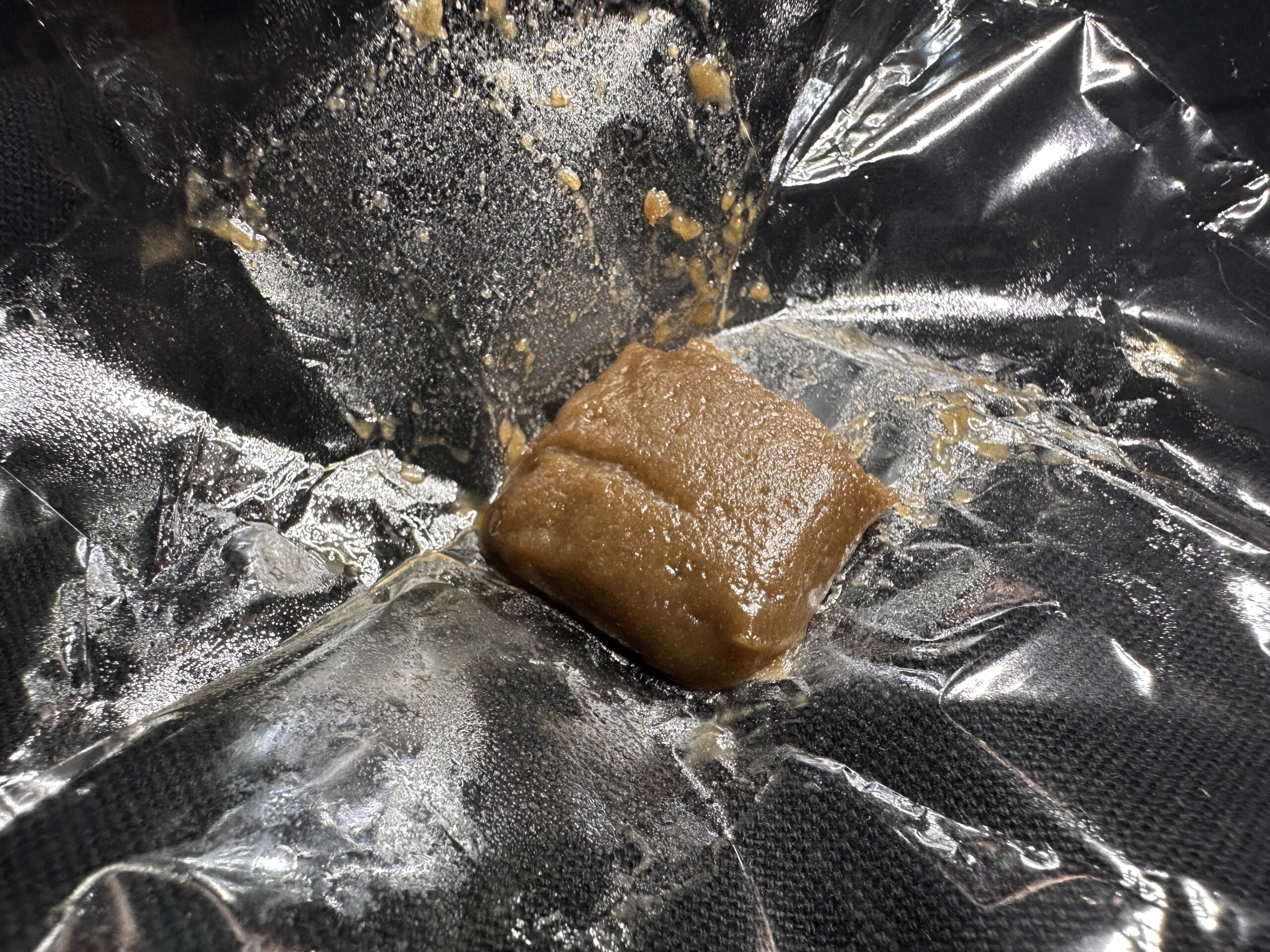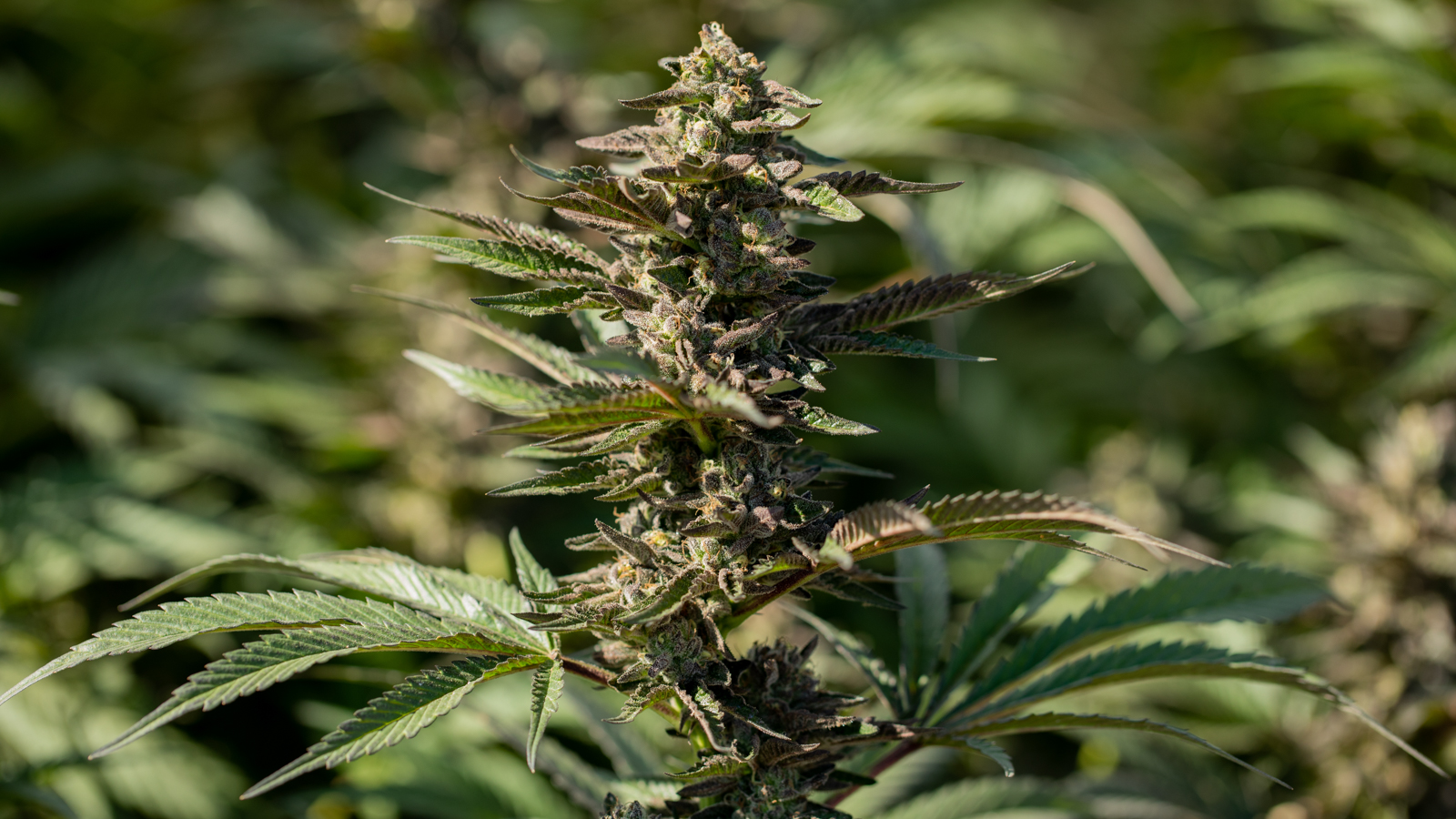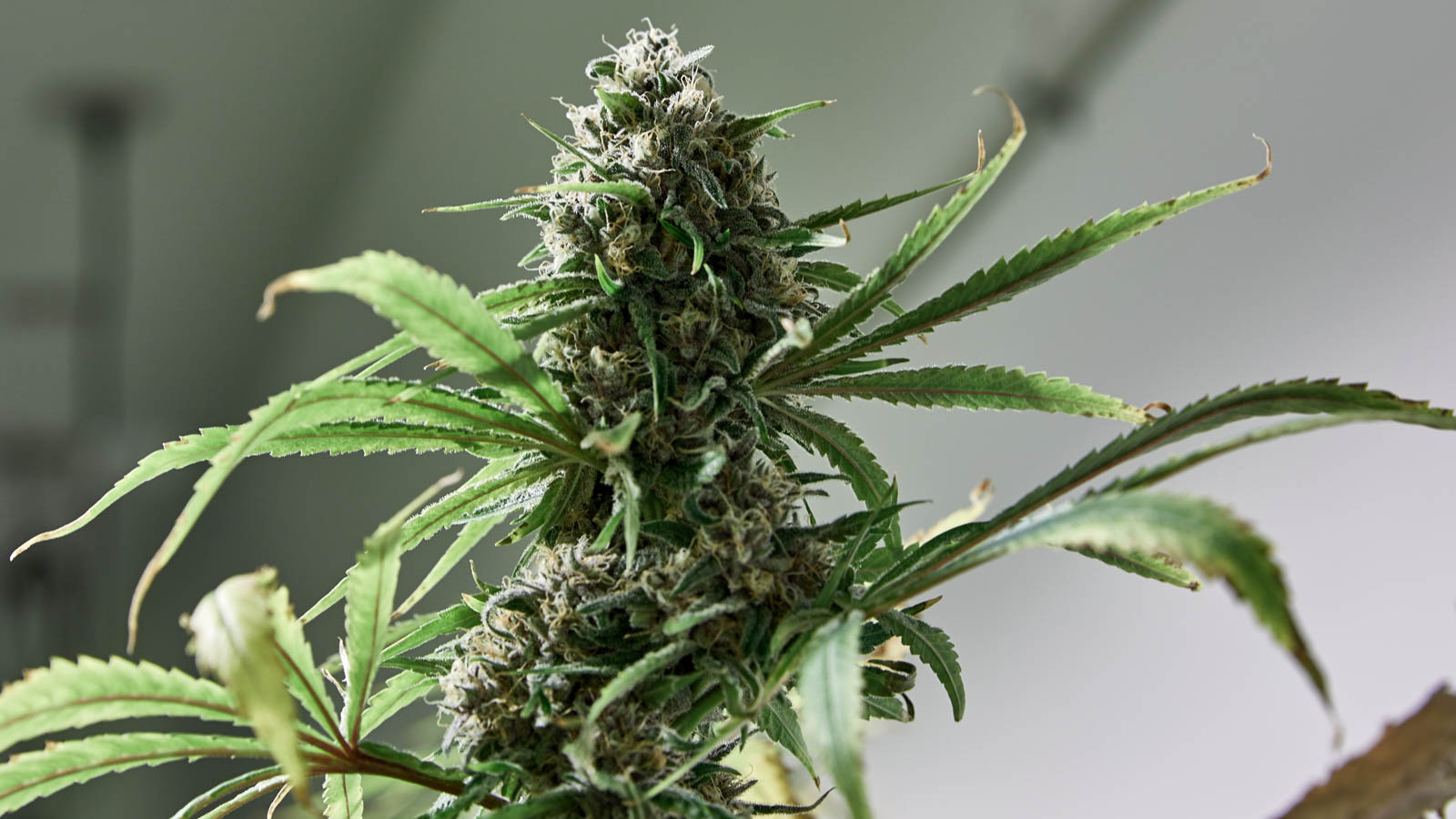Low-stress training (LST) is a method growers use to control the height and shape of cannabis plants. For newer growers, it's a useful technique that can increase crop yields and round out cultivation skills.
Below, learn about the pros and cons of low-stress training and how to use it on your own cannabis plants.
What is low-stress training?
Low-stress training involves gently bending and tying strategic branches and stems to flatten out the cannabis canopy. Manipulating the growth pattern of the plants enables growers to fully exploit the available space and light. This can result in multiple thriving bud sites instead of one large bud at the top of the plant.
This method works with the natural growth pattern of cannabis plants, which tend to grow into a formation known as apical dominance, where the plant is bushier at the bottom and narrows to a single elongated cola at the apex. This natural formation tends to result in a single dominant bud at the top of the plant, which monopolizes nutrients and hormones, leaving smaller buds on the lateral branches.
When to start low-stress training
LST is usually carried out during the vegetative phase while the stem and shoots are still pliable. When LST is carried out at this stage, the cannabis plant begins to grow in a circular pattern rather than straight up. When the plant enters its flowering stage, healthy colas will sprout upwards from the sideways-growing plant.
Waiting until later in the vegetative or flowering cycle to start LST can become problematic as the stems and shoots may become too rigid to bend. Implementing this technique at the right time decreases the risk of over-stressing the plant, allowing it to adjust to the training measures and adapt more rapidly. Compared to high-stress training techniques, low-stress training is a low-risk way to experiment with manipulating plant yields.
You can use LST on both indoor and outdoor plants to optimize space and maximize bud output.
The tools you'll need for low-stress training
 Photo by: Gina Coleman/Weedmaps
Photo by: Gina Coleman/WeedmapsImage lightbox

You only need a few tools to effectively low-stress train (LST) your cannabis plants:
- Plant ties: Use soft training ties — such as velcro, rubber, or fabric ties — or specialized low-stress training clips to secure branches in their new positions. The training wires and ties you use should be gentle on the plant and easy to adjust. Avoid regular wire or string as it may cut into the stems as they grow and cause damage.
- Bamboo stakes or plant stakes: Use stakes to provide additional support for the branches, especially if the plant is growing taller. They can be used in combination with plant ties and clips to help maintain the plant's shape.
- Drill: You may need to drill holes in your pots if there's nothing else to tie your plants down.
- Pruning shears or scissors: While not directly used for LST, having a pair of clean, sharp pruning shears or scissors can be helpful if you need to remove dead or damaged leaves or branches.
- Gloves: Wear clean gloves to help protect your plants from oils, bacteria, or other contaminants.
- Duct tape: It's helpful to have duct tape on hand in case there are any accidents. You can use the tape to hold together breaks in your plant's stem.
How to low-stress train weed plants
When your plants' stems become long enough to tie down, follow these steps:
Step 1: Drill holes
Drill several small holes around the rim of the plants' container(s).
Step 2: Bend main stem
Gently secure the main stem to the rim of the container with your LST clips or plant ties.
Step 3: Secure the stem
Some cannabis growers tie the stem in a circular shape around the container as it grows, training it to coil like a snake. Others bend new shoots outwards and away from the stem so that the plant takes on a spider-like appearance. The aim is to create an even canopy that exposes all the nodes to light.
Step 4: Remove fan leaves
Some light defoliation, or removal of leaves, can maximize light penetration.
Step 5: Monitor and adjust ties
Keep an eye on your plants' growth and adjust the ties as needed to maintain an even canopy. As new shoots appear, gently bend and tie them down to the container.
Pros and cons of low-stress training
While LST is a popular technique with several benefits, there are still some drawbacks to consider.
Pros
- Increased yield: By creating an even canopy and maximizing light exposure to all parts of the plant, LST can lead to efficient photosynthesis and potentially higher yields.
- Better light distribution: LST helps ensure that all parts of the plant receive adequate light, which is crucial for healthy growth and bud development.
- Space management: LST can help control the height and width of the plant, making it more suitable for indoor or small-space growing environments.
- Improved airflow: An even canopy can improve airflow around the plant, reducing the risk of mold and mildew.
- Energy efficiency: By maximizing the plant's use of available light, LST can help reduce the need for additional or more powerful lighting systems, potentially saving energy.
- Non-invasive: Compared to other training methods — like topping — LST is a gentler technique that causes less stress to the plant.
Cons
- Time-consuming: LST requires you to regularly monitor and adjust your plants as they grow. This can be time-consuming and labor-intensive.
- Risk of damage: Although LST is considered a low-stress technique, there's still a risk of accidentally breaking or damaging the stems and branches.
- Slower initial growth: In the early stages of LST, plants may appear to grow more slowly as energy is redirected towards lateral growth rather than vertical growth.
- Not suitable for all strains: Some cannabis strains might not respond as well to LST — particularly those with more rigid branches.
Overall, low-stress training can be an effective method for optimizing cannabis plant growth and yields — especially in small spaces. However, LST does require time, patience, and care to execute properly.
Best cannabis strains for low-stress training
You can apply LST to most cannabis strains to optimize growth and yield, but some are particularly well-suited thanks to their growth patterns, flexibility, and responsiveness to training.
- Blue Dream: A sativa-dominant hybrid known for its vigorous growth and branching structure
- GSC: A popular hybrid strain with a compact growth pattern
- GG#4: A hybrid strain known for its high resin production, dense bud structure, and strong branching
- White Widow: A balanced hybrid known for its resinous buds and robust growth
- Northern Lights: An indica-dominant strain popular among indoor growers due to its compact size and rapid flowering time
- Critical Mass: An indica-dominant strain known for its heavy yields and dense buds
- Sour Diesel: A sativa-dominant strain known for its vigorous growth and long, flexible branches
Is the Screen of Green method the same as low-stress training?
 Photo by: Gina Coleman/Weedmaps
Photo by: Gina Coleman/WeedmapsImage lightbox

The Screen of Green, or ScrOG method, facilitates low-stress training with the use of a screen. The ScrOG method encourages horizontal growth as it forces plants to grow through a suspended screen. When the branches begin to reach through the screen, you simply tuck them back underneath. This inhibits vertical growth, and the growth spreads to the side branches in response, encouraging bud sites to form in areas that would have otherwise been dormant.
Like low-stress training, ScrOG helps optimize yields.
FAQ
Can you low-stress train in the flowering stage?
You typically start LST during the vegetative period when the shoots are pliable and you can more easily direct the plant's growth. That said, low-stress training can also be used during the flowering phase. Gently bending stems during flowering can help ensure even exposure to light. For growers looking to redistribute the plant's energy from many growth sites to a few, the first couple of weeks of flowering can be a good time for low-stress training. Avoid initiating LST on plants that are mature and fully flowering.
Can you low-stress train autoflowering strains?
The short answer is yes, low-stress training methods are an ideal way to manipulate autoflowering plants and maximize their yields. High-stress training methods, on the other hand, can cause problems for autoflowering strains as their two-to-three-month lifecycle leaves little time to recover from damage.
Autoflowering cannabis plants grow rapidly as they do not require a change in light to commence flowering. Since flowering can begin in as few as two to four weeks in autoflowering cultivars, begin LST early to reap the benefits. This technique provides the same benefits for autoflowering cultivars as photoperiodic ones; it can help spread and even out the canopy and encourage more abundant, denser colas.
Can you low-stress train in hydroponic grows?
Yes, you can use LST in hydroponic cannabis grows. In fact, LST can be particularly beneficial in hydroponic systems since these setups often have limited space and require careful management of plant growth to optimize yields.
Can you combine LST with other training techniques?
Yes, you can combine LST with other training techniques such as topping, pruning, and the Screen of Green (ScrOG) method. Combining different techniques can further optimize plant growth, light distribution, and yields.
How often should you adjust the ties during low-stress training?
Adjust the ties and branch positions as needed to maintain an even canopy and ensure all parts of the plant are receiving adequate light. This may be necessary every few days to every couple of weeks, depending on the plant's growth rate.
Is low-stress training suitable for outdoor grows?
Yes, you can use LST in your outdoor cannabis grow. The technique can help optimize sunlight distribution and improve yields in outdoor settings just as it does for indoor or hydroponic grows.
Will low-stress training slow down my plant's growth?
LST can slow down the initial vertical growth of the plant, as energy is redirected towards lateral growth. However, this can ultimately lead to more efficient light utilization, better bud development, and potentially higher yields.





